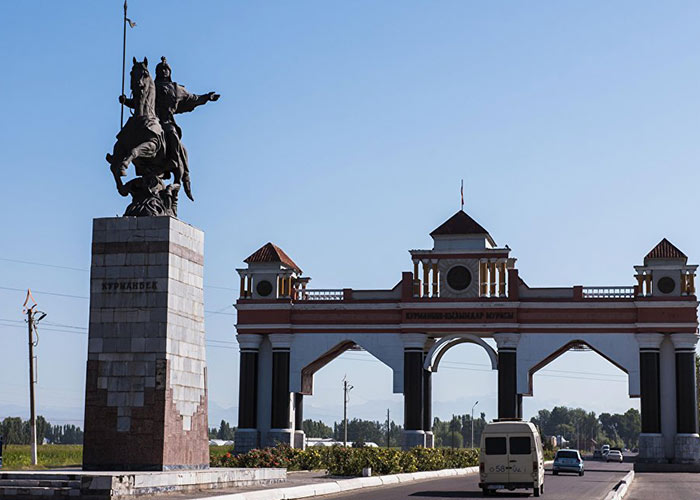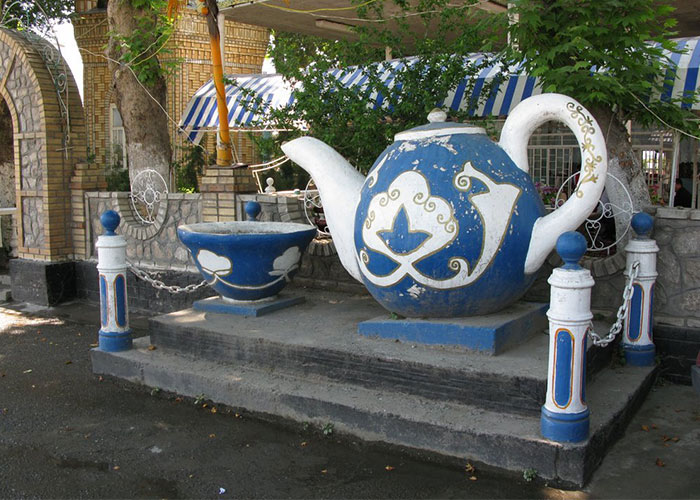Jalal-Abad
Jalal-Abad is a very ancient city in the Republic of Kyrgyzstan, which is located near the Kyrgyz capital.
A long time ago, through this city lay the route of the Great Silk Road, and many traders liked to stay in this small but cozy town. The city was named after Jalal ad-Din Muhammad Akbar, who founded it.
Initially, the city emerged as a small village in the Ferghana Valley. This place attracted not only merchants, but also residents from the neighborhood for its medicinal springs that flowed here.
Every year, pilgrims gather here to pray to Allah.
Time lapsed, and the village grew. Potteries began to appear, and artisanal crafts developed.
In 1870, Russian immigrants arrived in the village, and the first military post was erected. Six years later, the village received city status. Neither archeologists nor scientists have been able to find out what the place was called originally. However, we know that it was named Jalal-Abad in 1976.
Today, this city is not very inhabited. In total, just over 89,000 people. Most of the inhabitants are Kyrgyz, Uzbeks, then Russian, Uighurs, Turks, and other nationalities.
The city is located in the Tien Shan Mountains at a height of 763 meters above sea level in the valley of the Kogartskoy.
The climate is subtropical. Winters are mild and not severe, and summers are hot and dry. The air temperature can rise above + 40 °C.
Since ancient times, people have been able to survive on the healing mud and mineral springs that still attract tourists. Here come people who suffer from gynecological and skin diseases, diseases of the digestive system, and diseases of the nervous and musculoskeletal systems.
From architectural and historical landmarks, the city is nothing to brag. However, at the same time, in the city were built natural resorts, a library, and a museum of the city's history.
Our travel agency, "Orient Mice", will provide you with comfortable transport and professional guides who will tell you the history of the city and show you the most interesting places inside as well as outside.




